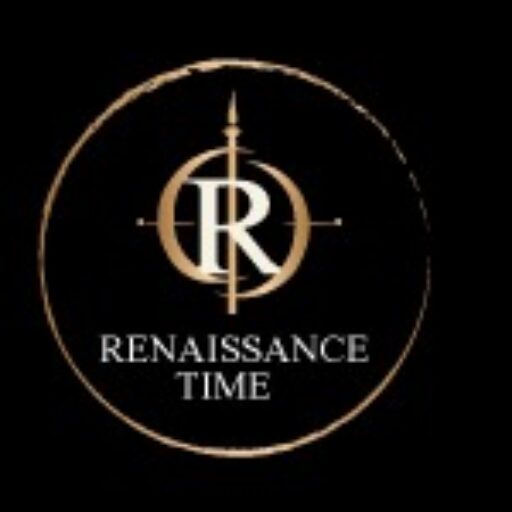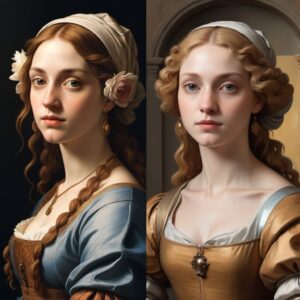
Why Renaissance and Classical Paintings are Different
Introduction
The world of art is vast and varied, with each period offering its unique contributions and styles. Two of the most influential eras in art history are the Renaissance and the Classical periods. While both have significantly impacted the art world, they are distinct in many ways. In this article, we’ll explore the differences between Renaissance and Classical paintings, delving into their historical context, techniques, subject matter, and more.
Historical Context
Renaissance Art (14th-17th centuries) emerged in Italy, marking a revival of interest in the classical art, literature, and philosophies of ancient Greece and Rome. This period emphasized humanism, proportion, perspective, and individualism.
Classical Art (Ancient Greece and Rome), spanning roughly from the 5th century BCE to the 5th century CE, focused on harmony, balance, and idealized forms, influenced by mythology, daily life, and political events of the time.
Techniques and Innovations
Renaissance artists developed linear perspective, creating depth and dimension in their works. They also used chiaroscuro—strong contrasts between light and dark—to give the illusion of volume in three-dimensional objects and figures. Aiming for lifelike and detailed representations, Renaissance artists studied anatomy and nature.
Classical art emphasized proportion and symmetry, focusing on balanced compositions and idealized forms. Much of classical art is found in relief sculptures and freestanding statues, reflecting the human form’s harmony and perfection.
Subject Matter
Renaissance Art embraced humanism, focusing on human experience, emotion, and individuality. Religious themes were prevalent, with many works depicting biblical scenes, saints, and religious figures. There was also a renewed interest in mythological subjects and individual portraits.
In contrast, Classical Art frequently depicted mythology and deities, scenes from daily life, athletics, and heroic deeds. Important figures and events in Greek and Roman history were also common subjects, reflecting the period’s emphasis on civic virtue and idealized beauty.
Materials and Mediums
Renaissance artists primarily used oil paints on canvas or wood, allowing for detailed and layered works. This medium enabled the creation of vibrant, lifelike paintings that showcased their mastery of light, shadow, and color.
Classical artists utilized marble, bronze, and frescoes on walls and ceilings, integrating art into the architectural structures of the time. These materials were ideal for creating enduring works that highlighted the period’s focus on proportion and idealized forms.
Influences and Philosophy
The Renaissance was influenced by the rediscovery of classical texts and the study of nature, leading to a blend of scientific inquiry and artistic expression. This period emphasized human potential and achievement, reflecting a more individualistic and explorative approach to art.
Classical art was rooted in the philosophy, politics, and mythology of ancient Greece and Rome. It emphasized idealized beauty and civic virtue, aiming to reflect the harmony and order of the universe in its works.
Conclusion
While Renaissance and Classical paintings share some similarities, they are distinct in their historical context, techniques, subject matter, materials, and influences. Understanding these differences allows us to appreciate the unique contributions of each period to the world of art.
if you are looking for a renaissance and classical painting artist i will recommend you https://www.fiverr.com/s/Ked54jk

